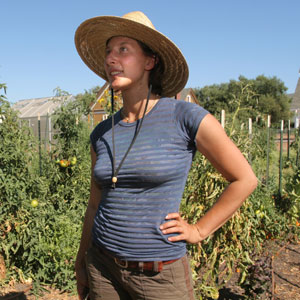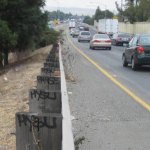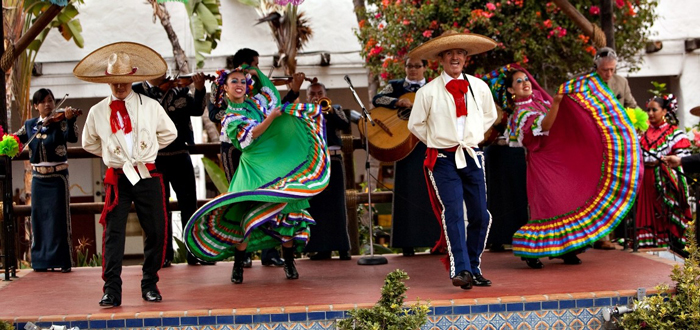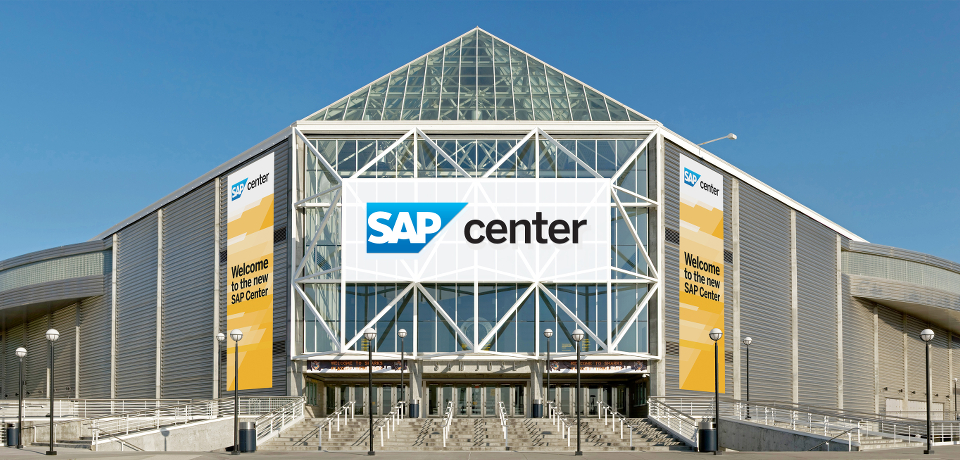When it comes to creating a progressive, local food system in the Bay Area, Silicon Valley has been the odd man out. The East Bay is arguably the birthplace of the good-food movement. Former San Francisco Mayor Gavin Newsom embarked on an ambitious sustainable-food policy by directing all city departments to tally unused city land, including vacant lots, rooftops and median strips, that could be turned into urban gardens or farms to feed local residents. Although it is overplanted with vineyards, the North Bay maintains a close relationship with the source of its food with its many dairies, farms and ranches. North Bay governments and nonprofits have joined forced to create forward-thinking food policies.
Silicon Valley touts its tech-based economy and spirit of innovation, but the region has been a backwater when it comes to something so basic as securing a healthy source of local food. But thankfully that could be changing. Last month the San Jose City Council adopted “Envision San Jose 2040,” a 30-year general plan for the city. Among other things, the sprawling document calls for new policies to promote urban agriculture in the city. Specifically, the document encourages the City Council to look to urban ag to improve access to healthy food to low-income areas, increase the sale and availability of locally grown food and increase urban agriculture production.
That’s great news. While there is a strong community garden system in San Jose, a program to teach low-income residents how to grow their own food and Veggielution, a notable urban farm on city land, the city has not done enough to promote a local food economy even though cities from New York to Seattle have embraced its myriad benefits.
Mayor Chuck Reed’s “Green Vision for San Jose” is an admirable, 15-year plan to green the city with clean-tech jobs, energy conservation and landfill diversion. But the plan made no mention of growing the local food economy. The updated general plan corrects that.
I don’t want to get all Mad Max on you, but if the economy truly melts down, cheap petroleum runs dry and global warming continues at its frightening pace (last year carbon emissions reached the highest lever ever), making greater swaths of land unproductive for agriculture, local farms and food production will look a lot more attractive than office parks. If this scenario comes to pass, the first order of business will be how we feed ourselves.
But even if doomsday never comes to pass, public investment in a local food system just makes sense. Seeding the City: Land Use Policies to Promote Urban Agriculture, a new report published by the National Policy & Legal Analysis Network to Prevent Childhood Obesity, a program of Oakland’s Public Health Law & Policy, cites evidence that urban agriculture boosts property values, promotes community engagement and can be even be part of a crime fighting strategy by increasing “eyes on the street.”
Silicon Valley has an enviable climate and great soil (at least that not tainted by industry) to grow food. Urban farms and the local food movement may seem cute and crunchy, but investing in local food system is really a matter of local (and national) security. As the largest city in Silicon Valley, San Jose can and should play a leadership role to create a robust local food system. The updated general plan is a good start.

 LGBT History Coming to Public Schools
LGBT History Coming to Public Schools  Police Arrest Suspected Graffiti Gang HYSU
Police Arrest Suspected Graffiti Gang HYSU 









